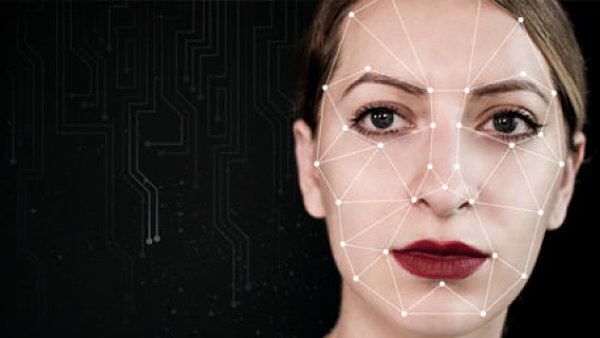Ethical Concerns with AI: Deepfakes
How would you respond to video footage of Richard Dawkins professing faith in Christ? Or one about Hugh Ross advocating for young-Earth creationism? Either situation would be shocking and the confusion would grow when deeper investigation reveals it was a misquote or deceptive editing. Welcome to the world of deepfakes. What can we do to minimize harm?
What Are Deepfakes?
According to Merriam-Webster, a deepfake is “an image or recording that has been convincingly altered and manipulated to misrepresent someone as doing or saying something that was not actually done or said.” Scientifically, deepfakes are video content produced from the battle between two artificial intelligence (AI) combatants known as generative adversarial networks (GAN). One side, the generative network, generates video imagery using neural networks. The other side, the discriminative network, analyzes the video imagery to determine its realism.
The generative network maps the facial features and movements of the fake target into a complex roadmap (although “roadmap” oversimplifies the concept). Then it uses this roadmap to compile the new video with the target’s face. The discriminative network then looks for flaws or defects in the resulting video that would identify the video as fake. The analysis by the discriminative network is propagated back to the generative network, allowing it to produce more realistic fake videos.
How Realistic Are Deepfakes?
A quick search of the internet produces many examples of deepfake videos (be careful, many deepfakes are not innocent and wholesome). Currently, most deepfakes are easy to spot due to odd mannerisms or movements, but the basic process used by GANs will inevitably lead to better and better fakes. As the generative network makes increasingly realistic videos, the discriminative network must grow more adept at finding defects. However, any process developed for identifying defects will be incorporated into the generator, resulting in even more realistic videos. It’s not a matter of if, but when, the technology will advance to the point where the human consumer cannot spot a fake video.
How Should We Respond?
If seeing is believing, deepfakes throw a monkey wrench into our ability to discern the truth. But good tools exist to help us. Three passages from the Bible provide helpful guidance in pursuing truth.
1. James 1:19–20: My dear brothers and sisters, take note of this: Everyone should be quick to listen, slow to speak and slow to become angry, because human anger does not produce the righteousness that God desires. Before speaking (or believing) something, whether it supports or attacks your position, take time to listen to what really happened. Applying this principle provides you time to dig for the truth.
2. Proverbs 18:17: In a lawsuit the first to speak seems right, until someone comes forward and cross-examines. When digesting information in any form, but especially video, take time to hear what “the other side” has to say. Hearing both sides often allows you to actually hear the truth. Personally, this approach has been tremendously helpful for discerning the truth in challenging situations.
3. Matthew 7:12: In everything, therefore, treat people the same way you want them to treat you, for this is the Law and the Prophets. Would you want your name smeared because of a fake video? Of course not! Then let’s make sure we don’t do the same. This others-oriented mindset gives you the opportunity to care for others. It ensures we love someone enough to understand the truth. And, if we find the truth warrants it, treating others respectfully enables us to give judgment with justice.
Nothing New under the Sun
For some practical steps, verify everything before posting on social media. Find reliable sources of information—particularly if those sources share your viewpoint. And, if social or mainstream media sources continue to provide unreliable information, quit listening to them.
The author of Ecclesiastes states, there is nothing new under the sun. Technology is morally neutral; human agents who use it are not. Just as Photoshop made us evaluate photographs more carefully, so deepfakes require better discernment with video. Christians are called to relentlessly pursue the truth and to hold those who distort it accountable.
Check out more from Reasons to Believe @Reasons.org





